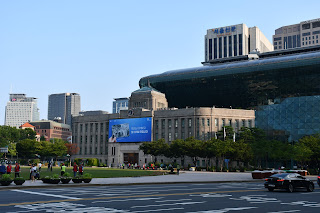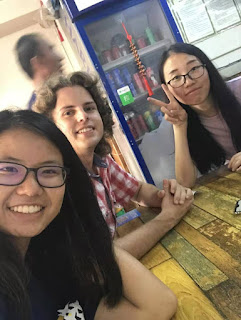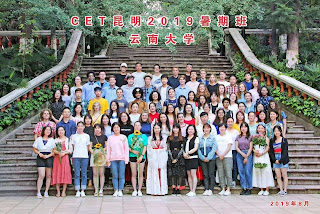In anticipation of our last free Saturday in Kunming, Fafa and I made a plan to visit the Western Hills (Xishan) overlooking Dianchi Lake. Throughout the week and Saturday morning, our party slowly expanded to a group of six – besides Fafa and me, Shayley (a classmate from Yale, appearing anonymously in the previous posts “Examinations and Excursions,” and “Cheer up, Captain, buy a flower off a poor girl”), Elizabeth (previously seen in “A Note on Guitars”), Bekkah, and Shuting (Fafa herself should be familiar from the post “Cheer up, Captain, buy a flower off a poor girl”). We left at nine in the morning with Fafa at the helm, boarding the bus to the closest metro station and then riding to its final stop at the foot of the Western Hills. Fafa noted the journey took exactly 52 minutes.















